☆ PuniPuni Youtube ☆
How to Make Inferences Based on Direct Observation Using「〜そうです。」 – Review Notes
Today we learned how to express an impression or an inference based off of direct observation in Japanese.
In these video review notes we will go over today’s Japanese grammar in greater detail and see some more examples!
………………………………………………………………………………..
Express an impression using 〜そうです:
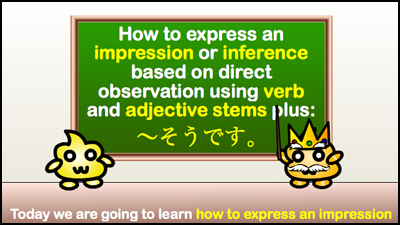
★ Today we will learn how to express an impression or inference based on direct observation in Japanese, using verb and adjective stems plus そうです (sou desu)
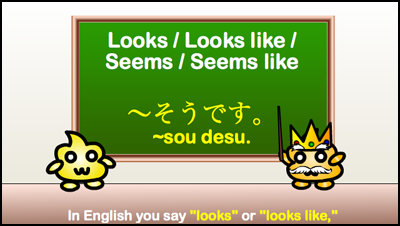
★ In English, you use words like “looks” or “looks like,” “seems” or “seems like.”
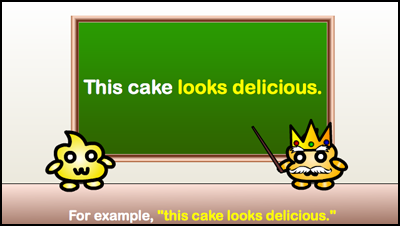
★ For example, “this cake looks delicious.”
★ You would say this after seeing a cake that you haven’t tried yet but you think looks delicious.
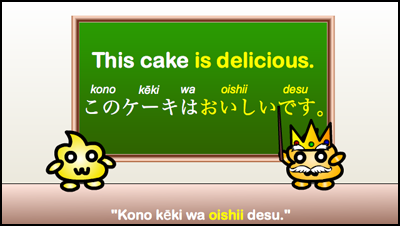
★ First, let’s take a look at a regular positive statement about cake in Japanese. このケーキはおいしいです。 (kono kēki wa oishii desu) means ‘This cake is delicious.‘
★ You would use this sentence after you have tasted the cake to confirm that it is delicious.
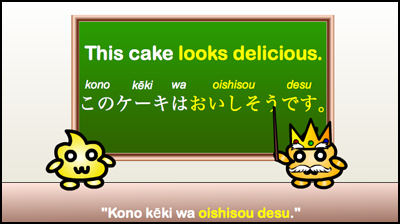
★ To make the previous sentence into one that you would use in a situation where you have not yet tasted the cake but you think it looks delicious, we must add “sou desu” to the stem of the adjective.
★ このケーキはおいしそうです。(kono kēki wa oishisou desu) means “this cake looks delicious.”
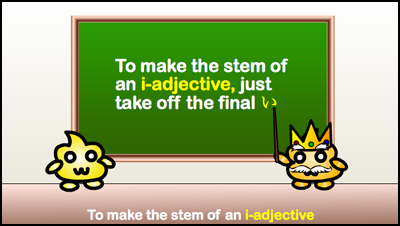
★ If you don’t know how to find the stem of an adjective, here’s how:
1. For い – adjectives (i-adjectives) like おいしい (oishii), take off the final い (i)
おいしい (oishii) ➡ おいし (oishi)
2. For な – adjectives (na-adjectives) like 元気な (genki na), take off the final な (na)
元気な (genki na) ➡ 元気 (genki)
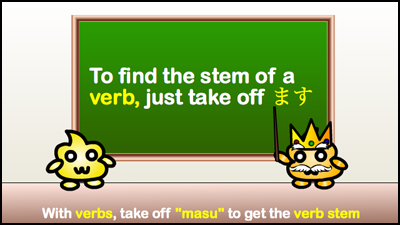
★ For verbs, if you know the ます form (masu form) of the verb, all you have to do is take off ます (masu) to get the verb stem.
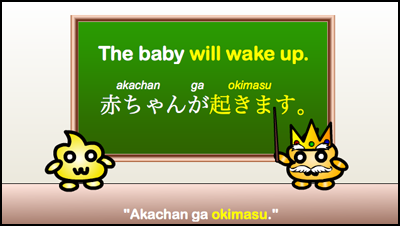
★ For example, 赤ちゃんが起きます。(akachan ga okimasu) means ‘The baby will wake up.’
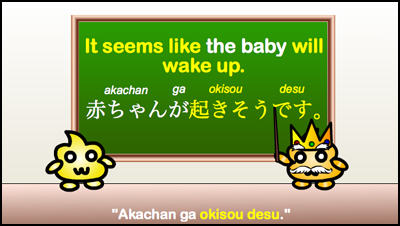
★ 赤ちゃんが起きそうです。(akachan ga okisou desu) means “It seems like the baby will wake up.”
★ 起きます (okimasu – to wake up) changes to 起きそうです。(okisou desu) in the situation where you make an inference about the baby based on direct observation that it “seems like” it will wake up.
………………………………………………………………………………..
Extra Examples with Adjectives
Number 1:
プールは冷たそうです。
Pūru wa tsumetasou desu.
The pool looks cold.
………………………………………………………………………………..
Number 2:
外は暑そうです。
Soto wa atsusou desu.
It looks hot outside.
………………………………………………………………………………..
Number 3:
おばあちゃんは元気そうです。
Obaachan wa genkisou desu.
Grandma looks healthy / energetic.
………………………………………………………………………………..
Extra Examples with Verbs
Number 1:
雨がふりそうです。
Ame ga furisou desu.
It looks like it is going to rain.
……………………………………………………………………………….
Number 2:
あの子が泣きそうです。
Ano ko ga nakisou desu.
That girl seems like she is about to cry.
……………………………………………………………………………….
Number 3:
ポケットからさいふが落ちそうです。
Poketto kara saifu ga ochisou desu.
The wallet looks like it will fall from the pocket.
……………………………………………………………………………….
Conclusion:
Today we learned how to use 〜そうです to express an impression or inference based on direct observation in Japanese. To learn another use of 〜そうです click here!
……………………………………………………………………………….
Do you want a Japanese tutor?
Take Japanese Skype Lessons with Professional Japanese Teachers on kakehashijapan.com!
………………………………………………………………………………..
………………………………………………………………………………..









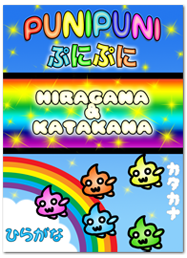
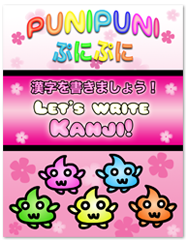


11 comments
Sensei, arigato gozaimasu!
Comment by Sakura on 10/05/2013 at 5:23 amFor all the team of PuniPuni, my hearthly gratitude!
Comment by Roger Oliveira on 10/11/2013 at 10:49 amチーム全体のプニプニのために、心から感謝。
Very easy to follow. I asked my japanese sensei if I could use byouki with sou desu, but she told me that I have to use “mitai” instead, do you have any idea why?
Comment by Rafa on 02/25/2014 at 6:48 pmByouki is actually not a na-adjective. It is a noun that sometimes takes the particle “no” turning it into something that resembles an adjective and is sometimes referred to as a ‘no-adjective.’
Since byouki is not normally an adjective (in Japanese) you can’t use it like you would use a normal adjective. We will try to make a lesson about “mitai” and other related grammar sometime soon! (◕ω<)♪
Comment by PuniPuni on 03/01/2014 at 12:40 amthank u ..your post helps me a lot in learning japanese..by the way i have a question…how can u translate this into japanese “the cake looked delicious”??? the past form for oishii is oishikatta it doesn’t have final い so how can i insert the ”そうです” in the word “oishikatta”? i hope i get a reply..thank u…
Comment by vibez on 06/18/2014 at 5:22 amFor the past tense, just add “deshita” or “datta” to the end. (oishisou deshita/oishisou datta).
Comment by PuniPuni on 06/21/2014 at 6:41 amthank u so much…u’re very reliable…
Comment by vibez on 06/22/2014 at 11:42 pmI have a Jap girlfriend, and we always use “–おいしそうよ~” when we’re talking. I think using -souyo is also all right? Or is it because we’re both familiar with each other?
Comment by shion on 07/10/2014 at 9:32 amI can’t ask her properly since I’m quite shy on asking her things like this XD
It depends on the situation, but usually if you just want to say that something looks delicious you should say おいしそう (for casual speech).
Comment by PuniPuni on 07/13/2014 at 9:35 amこんにちは! I have three questions, which are all additions/questions to examples given. First, how would you say “The wallet looks like it will fall from that man’s pocket.” Second, How would you say “It seems like the baby will wake up soon.” Lastly, in the example “あの子が泣きそうです”, I understand that 子 means girl here, but why would it be pronounced as “ko” also, how would you say “boy” in the same sense? ありがとう.
Comment by Dane on 07/28/2014 at 11:38 am子 (ko) literally means “child” but it is often used to mean “girl.” It is used mostly to refer to young boys or girls or young women. If you wanted to be more clear about the gender, you could say 女の子 (onna no ko – girl) or 男の子 (otoko no ko – boy).
To add “soon” in the second example, you can just add もうすぐ (mou sugu) to the beginning of the sentence.
To specify “that man’s” pocket, you can just add その男の人の (sono otoko no hito no) to the beginning of the sentence.
Comment by PuniPuni on 08/01/2014 at 7:59 am